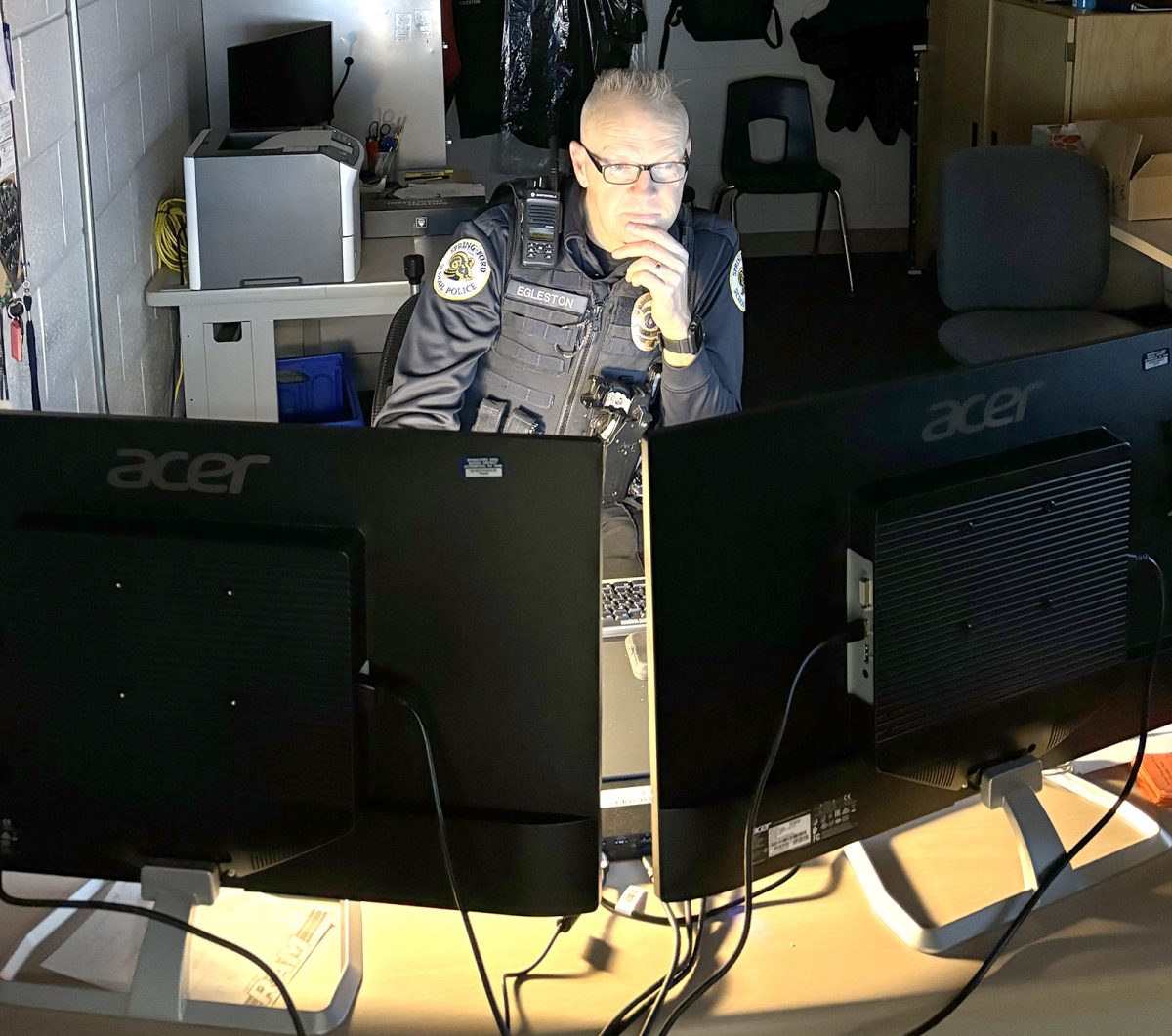On September 21, inaccurate reports were given to Spring-Ford and surrounding regions about explosive devices being in their schools.
This was part of a nationwide trend of false reports referred to as “swatting.” This term refers to people making falsified reports about explosive devices in schools to the police in order to deploy the S.W.A.T. Team out to the school districts.
This trend has spread to other local districts such as Perkiomen Valley and North Penn. Many students were unaware of the “swatting” issue at Spring-Ford until long after the matter, as no classes were interrupted to inform students or teachers of the threat.
Spring-Ford Superintendent Robert Rizzo explained via email to families why the school did not dismiss early,
“Late this afternoon, we received and immediately reported such an email and after consulting with our school police and local law enforcement officials, we firmly believe this email is part of the ‘swatting’ hoax,” Rizzo said in the email. “We have found no evidence indicating that this hoax email is valid.”
This incident demonstrates how the Spring-Ford Police and the school district took the appropriate measures for ensuring the safety of students in incidents like these.
In explaining how these swatting threats are handled by the school, Spring-Ford principal Dr. Robert Colyer commented, “We have firewalls and technology in place,” in regards to the different precautions Spring-Ford takes to distinguish between truthful and falsified threats.
Despite the flawed nature of the report, the incident still holds alarm for some students.
“I don’t feel completely safe in school for this and other general reasons like school shootings,” stated sophomore Manu Sai.
As part of the public safety of schools, there is a police department located within Spring-Ford. At the high school, there are two members of the department, Lieutenant Gwen Phillips and Officer David Egleston, as well as resource officer Jason Corropolese. The officials at the school examined the incident closely before determining that there was no threat.
Because of this determination that there was no threat, families were not alerted until much later than the report was received, highlighting some of the procedures the department uses to keep students secure.
“I feel safe,” remarked sophomore Ishanika Ulti. “We have police.”
By having a police presence, officers can travel anywhere in the 10-12 Center in under 30 seconds. Egleston’s immense knowledge in policing and bomb threats comes from 25 years of serving as a Pennsylvania State Trooper as well as being in a squad specializing in explosive devices.
“We take every threat seriously until we discover evidence to prove otherwise,” said Egleston of the threat assessment.
Colyer added that Spring-Ford has an excellent relationship with local police, allowing them to use our building for training purposes when school is not in session, which has the added benefit of officers knowing the building, which would help in any type of incident requiring police involvement.
Colyer and Egleston both commented that Spring-Ford and the police have technology to help with finding the credibility of threats to ensure student safety, such as the ability to track IP addresses and firewalls.
Spring-Ford also has ways of contacting other local school districts to have an open line of communication regarding issues like swatting as a way to protect all students and faculty.
If anyone has information on any type of threat, including swatting or other issues, Egleston recommended the utilization of the “See Something Send Something” website where one can send a picture or information about a threat to alert local authorities.
As Colyer mentioned, and as the famous saying goes, “It is better to be safe than sorry.”
This is why Spring-Ford has many tools in place through their own police department and software that allows the school district to be more equipped and safe so threats like swatting do not become a severe incident.




